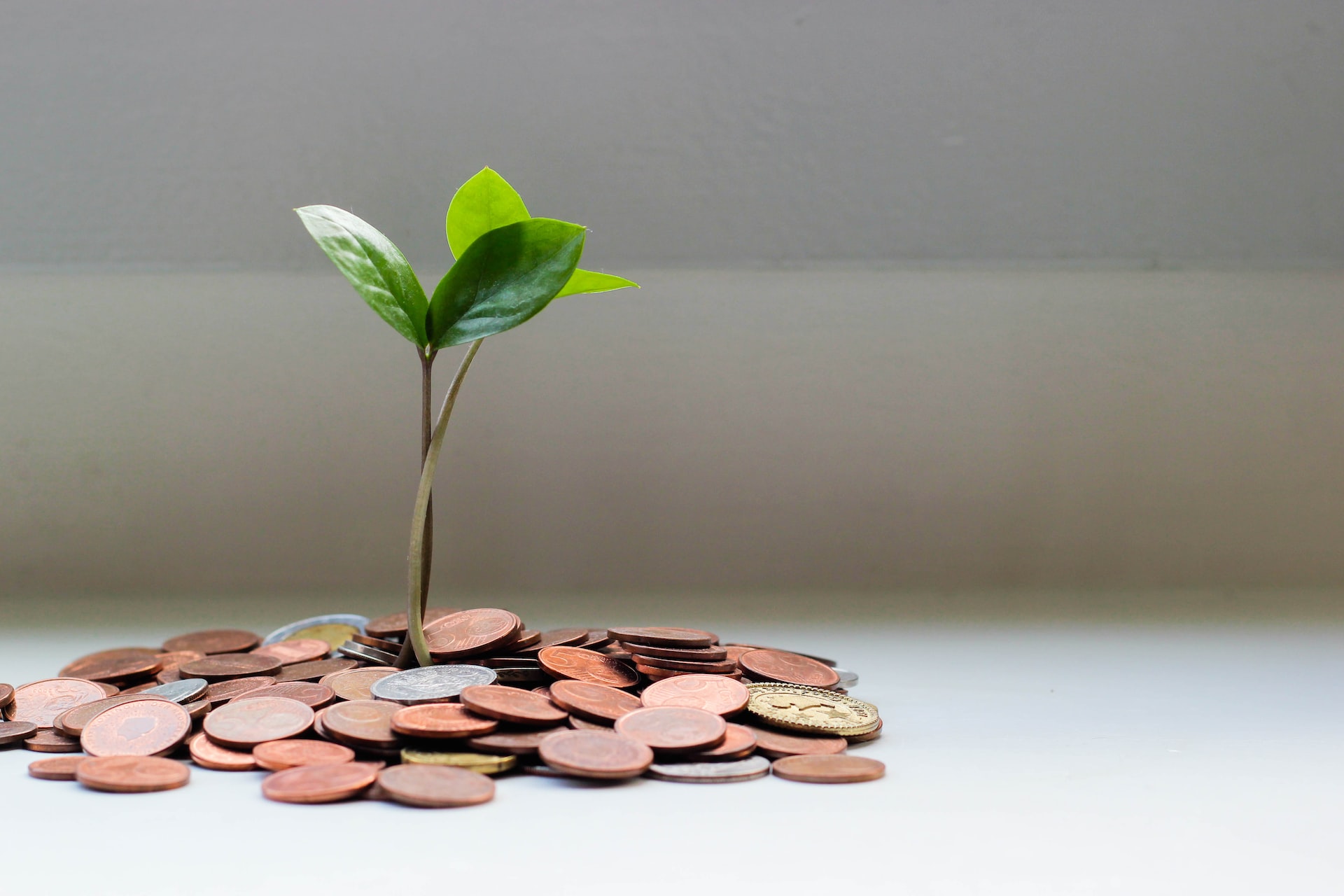The Italian Cassa Depositi e Prestiti (CDP), as other national promotional institutions, is a driver of sustainable growth and the circular transition in a way that is “additional and complementary” to the market. But what criteria should guide investments?
Cassa Depositi e Prestiti (CDP) is the Italian National Promotional Institution. In 2021 alone, the bank invested approximately 24 billion euros, attracting further resources from third parties for a total of 35 billion euros in activated investments. Its role and portfolio – through the use of the country’s savings – require CDP to foster growth and employment, supporting the innovation and competitiveness of businesses, infrastructure, and local enterprises through financing, equity instruments, guarantees, and technical consultancy.
All these services, concurrent with the implementation of the National Recovery and Resilience Plan, proceed in parallel with the advisory of the national and local Public Administration, for the deployment of state and EU funding. To understand which principles guide the Institution’s actions in support of the green and circular transition, Renewable Matter interviewed Elena Shneiwer, Head of Sustainability and Cultural Heritage at CDP.

With regards to CDP’s role in the circular transition, what does it mean to carry out interventions that are “additional and complementary” to the market?
Additionality and complementarity are two key words in our Strategic Plan, which aims to create state-of-the-art standards with a special focus on ESG sectors. Additionality means assessing investment projects in more mature markets where true added value can be generated, especially from the perspective of sustainable development, also through a catalyst approach to other investors’ resources.
Complementarity, meanwhile, concerns support for the creation of new markets and somewhat more cutting-edge areas. Specifically for the circular economy we wanted to create some guidelines – published in September 2022 – which would allow us to identify the key focus areas, defining indicators for performance measurement and to assess how strategic the initiatives are.
Why did the guidelines become necessary?
For its mission, a National Promotional Institution needs a direction to understand which sectors can lead to sustainable growth. Thus, in the 2022-2024 Strategic Plan, we identified ten spheres of action, with ten corresponding guidelines, which will allow us to define investment priorities. In particular, the guidelines relating to the circular economy are vital because there is neither a single definition of what the circular economy is nor is there a set of indicators or monitoring tools strong enough to determine whether or not to invest.
What priorities did you identify in Italy?
In terms of the scenario, there are light and dark points. Due to raw material scarcity, Italy is a leader at the European level in terms of recovery and efficiency in the use of resources. At the same time, however, there are three tiers of severe deficiencies.
One that is very well-known is the inadequacy of waste treatment systems. Secondly, the secondary raw materials market is underdeveloped, facing difficulties in terms of costs and investments in competing with virgin raw materials. The third issue concerns innovative recycling sectors. Our analysis revealed that new enterprises (startups, patents, innovations) are one of the most important elements for developing the circular economy.
At the local level, there is also a distinguishing element that applies to the circular economy but also to other sectors. These shortcomings are especially pronounced in the Centre and South of Italy, where energy recovery from waste struggles to reach an appropriate level compared to the EU average.
CDP’s missions include support for those sectors in which the market alone cannot mobilise adequate resources in terms of growth volume. What does this gap currently relate to?
The first relevant figures relate to public-private partnerships in Italy and abroad, meaning how the public sphere works with private enterprises in terms of sustainability. Between 2015 and 2019 in Italy we had approximately 3.6 billion in investments. In France, this figure was 12.5 billion, over three times higher.
Another noteworthy aspect relates to the planning and authorisation stages for new waste management plants, whose average duration of 2.9 years means they take up over 60% of the overall lead time. This is mostly due to so-called “throughput times”, which are the idle periods between the different phases and consist of ancillary, administrative, and bureaucratic fulfilments. Therefore, CDP has created a dedicated Competence Centre for the circular economy to provide support to our counterparts.
CDP is a unique institution whose role is to collect and manage Italians’ savings sustainably. How does it work in practice?
With regard to collection we are among the main issuers in Italy, with 8 emissions since 2017, amounting to approximately 5.5 billion euros collected. Last September, we launched a new Sustainability Bond worth 750 million euros aimed at investing in green and social projects. In a first for an ESG emission by CDP, the revenues will also be devoted to energy efficiency and renewable energy, as well as the water sector, social infrastructures, and the international growth of Italian companies.
What’s more, recently, at the business level, we launched the first basket bond closely linked to the fulfilment of ESG targets alongside Unicredit. Its first instalment is worth 48 million euros, mobilising resources worth approximately 100 million euros in favour of sustainability, with eight SMEs and MidCaps involved.
What about direct investment?
We invested 25 million euros in Gruppo Pietro Fiorentini, an international leader in the energy sector, particularly natural gas, for the development of new technology to reduce environmental impact. The operation was also linked to the achievement of occupational targets, whose fulfilment triggers the reduction of the interest rate applied to our financing.
Furthermore, we provided 12 million euros in funding to Vetrerie Meridionali, an enterprise based in Castellana Grotte, near Bari in southern Italy, for the construction of the first hydrogen furnace. This funding is not only linked to energy efficiency goals. The furnace is an industrial application of a scientific research project developed as part of the European Union’s LIFE programme.
And concerning innovation?
In 2022 we launched a technology transfer hub called Tech4Planet, active precisely in the sectors of the sustainable economy, including the circular economy. We estimate an overall lever effect worth over 130 million euros in 4 years for the creation and development of over 60 new companies.
Among the direct investments, for example, CDP Venture Capital helped took part in the 2.5-million-euro funding drive for Rubber Conversion, an innovative startup that works to recycle rubber from pre and post-consumer waste.
At COP27, the need to reform the Multilateral Development Bank was restated. How is CDP, in the guise of the Italian Financial Institution for Cooperation for Development, aligned with this strong mandate signed by 196 countries?
The reform plan made at COP27 is aimed not only at investing as individual entities but primarily at managing these projects in an integrated manner. At the level of international cooperation and development finance, Italy has some gaps to fill compared to other countries. Suffice it to say that between 2019 and 2021, the contribution to GDP stood at approximately 0.2%, while the figures in France, Germany, and the United Kingdom range between 0.5% and 0.7%.
In terms of climate finance, Italy has mobilised only 0.5 billion dollars, compared to the 6-8 billion in France and Germany. To increase this contribution, the Italian Fund for Climate was launched at COP27, set up by the government and managed by CDP. It will have a record-breaking budget of approximately 4.2 billion euros over 5 years (becoming operational in 2023). This is unique across Europe.
Have you already established guidelines for cooperation as the managers of these resources?
We have identified two macro-areas for action in lower-income countries: on the one hand, sustainable and inclusive growth through the development of local supply chains, and on the other hand, the protection of the climate and the environment, which includes an entire section dedicated to the circular economy. Specifically, with regard to this, we are preparing new initiatives alongside multilateral development banks.
What will be the impact in the coming years of the ever-growing demand for disclosure on the part of the finance world?
From our perspective, disclosure and reporting will be increasingly circular. With the CSRD and the European taxonomy, the drive to assess the impacts of corporate activities will no longer be tied to initiatives in individual companies. Even CDP will no longer have just one disclosure or sustainability report but we will have circular reporting that involves stakeholders, who must be helped to understand that non-financial information is now vital to be recognised as a sustainable company on the market. Without it, there is a serious risk of funding being cut. This is a role that major players like us can and must play in the coming months.
Image: Micheile dot com (Unsplash)



